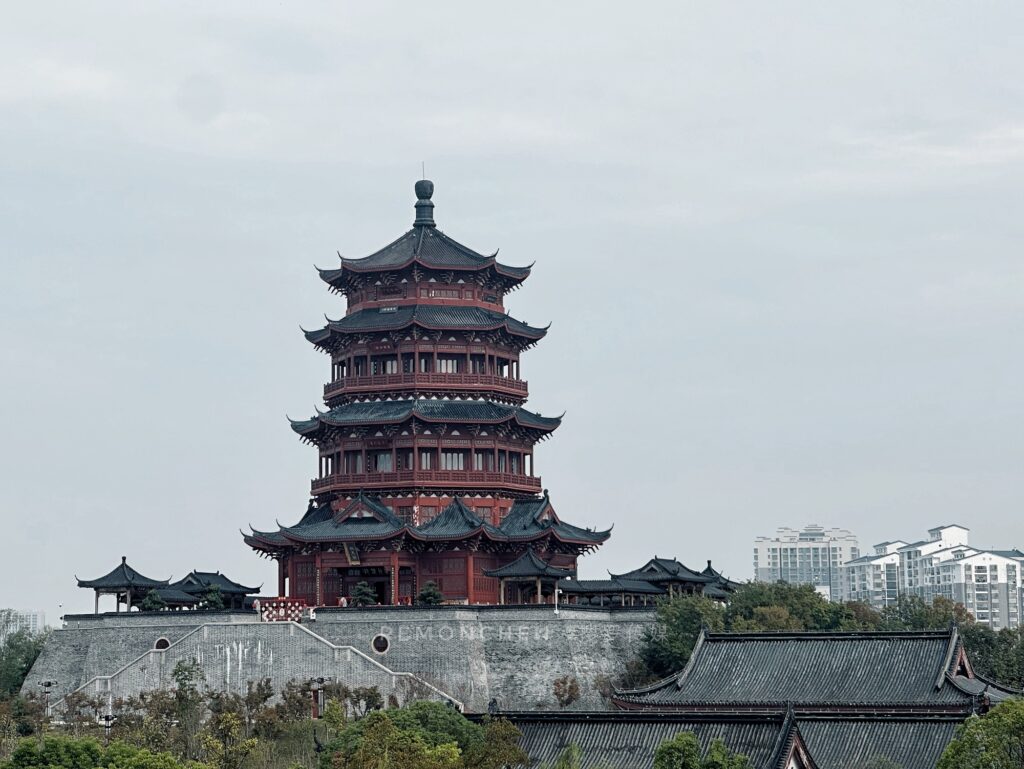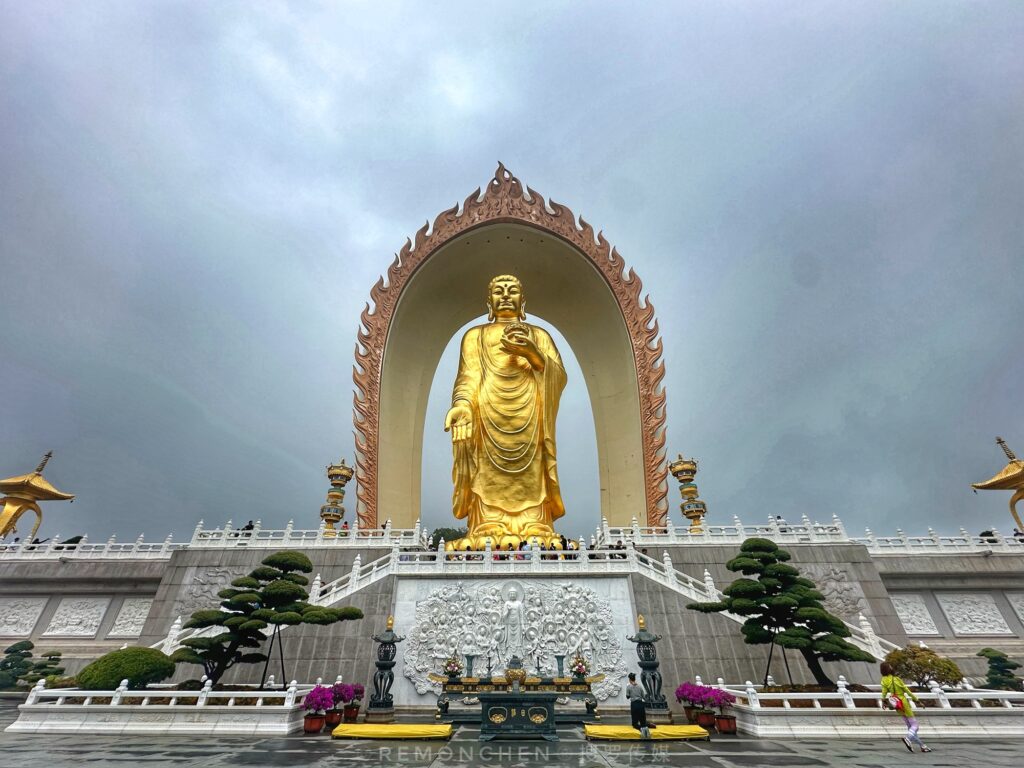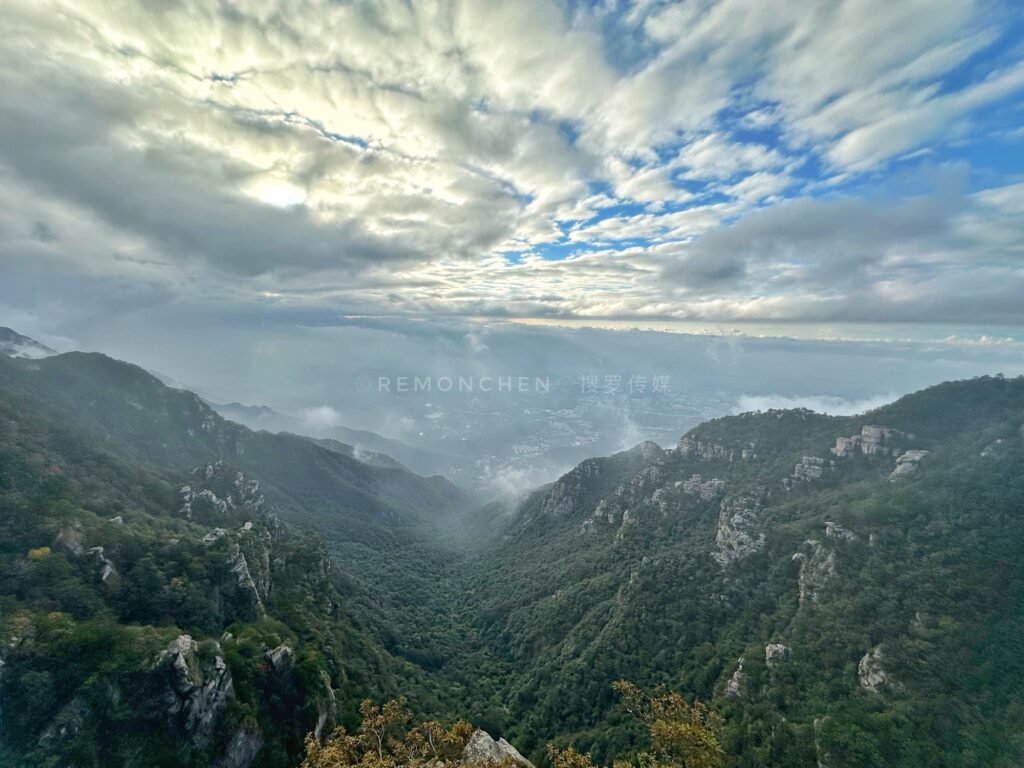“Jiangxi’s vibrant red and green complement each other, and its ancient heritage blends harmoniously with modernity. This balance will ensure that the province strides confidently on its path of high-quality development.” This is how Gao Jin, president of Romania’s European Chinese Daily, summed up his latest impressions of Jiangxi.
The 2024 “Explore China, Report on China” Jiangxi Tour for Overseas Chinese Media concluded on the 19th. During the week-long joint interview, 22 overseas Chinese media representatives from 18 countries and regions across five continents, including France, Italy, Canada, Brazil, Japan, South Korea, the Philippines, and Egypt, explored Jiangxi’s history, culture, ecology, and development.

Jiangxi, a province located in the middle and lower reaches of the Yangtze River, is famous for its lush mountains and clear waters. The timeless verses “The setting sun flies with a lonely bird; autumn waters stretch to the horizon” and “I cannot see the true face of Lushan because I’m in the mountain” are apt descriptions of Jiangxi’s natural beauty.

Encountering the mist-covered Lushan Mountain, Zhu Xine, vice president of Egypt’s China Weekly, exclaimed, “Only when immersed in the misty beauty of Lushan can one truly understand the meaning of ‘I cannot see the true face of Lushan because I’m in the mountain.’” She added that Lushan is picturesque all year round and hopes to introduce its beauty to more overseas audiences.

At the Lushan Xihai Scenic Area, located just over an hour from the “world-renowned mountain” Lushan, Du Bingyu, deputy editor-in-chief of Cambodia’s Jian Hua Daily, was captivated by the mist-shrouded scenery of the lakes and mountains. She said, “I will continue to report on Lushan Xihai to let Cambodians know about this beautiful place in China.”

While Jiangxi’s green ecology is its precious asset, its rich cultural heritage is the deep foundation upon which the province is built. Throughout the history of Chinese civilization, Jiangxi has produced a galaxy of renowned figures, such as Tao Yuanming, Ouyang Xiu, Wen Tianxiang, and Bada Shanren, whose legacies continue to shine brightly.
At the Bada Shanren Memorial Hall, Pan Xiaoxian, a reporter from Indonesia’s Qian Dao Daily, used her phone to capture images of Bada Shanren’s authentic artworks. “His works have a natural beauty that brings joy and comfort to the viewer, allowing us to feel the artist’s unique charm,” she remarked.
The Nanchang Han Dynasty Haihunhou State Ruins are the largest, best-preserved, most well-planned, and richest example of a typical Han Dynasty marquis state site discovered in China to date.

The artifacts displayed at the museum left Yan Jia, vice president of Brazil’s Brazil-China News Agency, in awe. She noted that the unearthed relics cover every aspect of the marquis’s life, fully showcasing Han Dynasty culture. Many of the artifacts reflect the exquisite craftsmanship and aesthetic sensibilities of the ancient people.
Yan Jia was also deeply impressed by the China Jinshi Cultural Park in Jiangxi’s Jishan, known as the “renowned county south of the Yangtze.” “The China Jinshi Museum in the park systematically presents the historical development of the imperial examination system. I hope to use multimedia channels to share Luling culture, which has accumulated over a thousand years, with the Brazilian people,” she said.

From October 13 to 19, the 2024 Jiangxi Tour for Overseas Chinese Media, jointly organized by China News Service, the World Chinese Media Cooperation Alliance, and the Jiangxi International Communication Center, was held. The event aimed to capture and highlight the ecological, cultural, and developmental beauty of Jiangxi through the unique perspectives and vivid storytelling of overseas Chinese media. (Photo by Rémon Chen)


